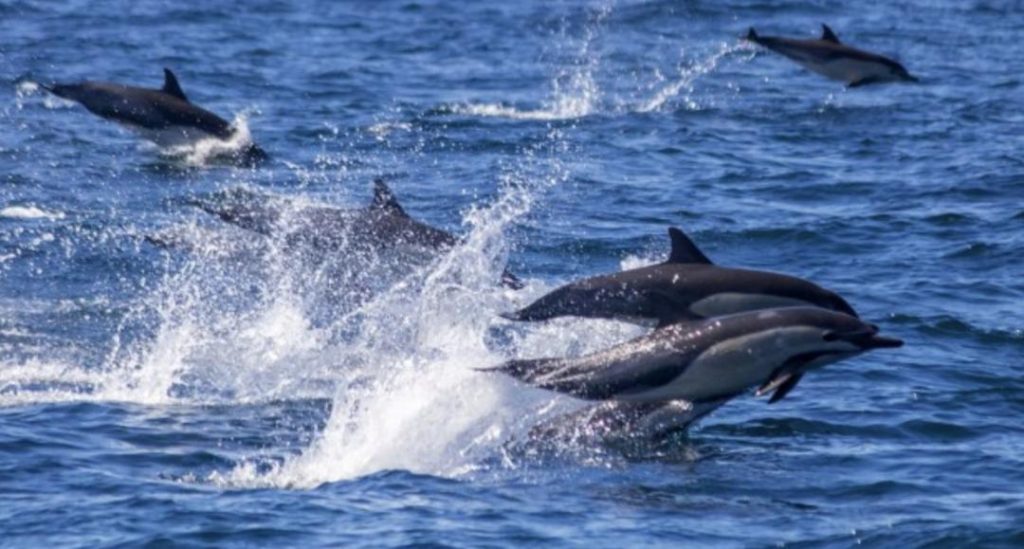
Dolphins & Whales Regularly Socialise with Each Other: Study
In a fascinating discovery, researchers from Griffith University have found that dolphins and whales frequently socialise with each other, engaging in playful interactions that are often mutual. The study, which analyzed videos and photographs of interactions between baleen whales and dolphins, covered 19 species across 199 separate events. The findings have shed new light on the complex and intriguing relationships between these marine mammals.
The researchers used a combination of video and photographic analysis to study the interactions between dolphins and whales, which were observed in their natural habitats. The study focused on baleen whales, which are characterized by their distinctive baleen plates used for filtering small fish and krill from the water. The team also included dolphins, which are known for their intelligence, social behavior, and playful nature.
One of the most striking findings of the study was the frequency with which dolphins and whales interact with each other. The researchers found that the interactions were not limited to specific species or locations, and that the two groups were able to form connections across a wide range of marine ecosystems.
One of the most common interactions observed was dolphins swimming near the head of a whale. This behavior was observed in a variety of species, including humpback whales, blue whales, and minke whales. The researchers suggested that this behavior may be a form of social bonding or even a way for the dolphins to communicate with the whales.
Another interesting finding was the playful nature of the interactions between dolphins and whales. The researchers observed dolphins and whales playing together, chasing each other, and even engaging in forms of aquatic acrobatics. These playful interactions were often mutual, with both dolphins and whales appearing to enjoy each other’s company.
The study also found that certain dolphin species were more likely to interact with whales than others. Bottlenose dolphins, for example, were the most involved dolphin species in the study, and were observed interacting with a wide range of whale species. This suggests that bottlenose dolphins may be more curious or social than other dolphin species, and may be more likely to form connections with whales.
The findings of the study have significant implications for our understanding of the relationships between dolphins and whales. For many years, scientists have studied the behavior of these marine mammals in isolation, without fully considering the complex social dynamics that exist between them.
“This study highlights the importance of considering the social interactions between different species in marine ecosystems,” said Dr. [Name], lead author of the study. “We often focus on the behavior of individual species, but this study shows that there is a lot more going on beneath the surface.”
The study also has practical implications for conservation efforts. As we learn more about the complex social relationships between dolphins and whales, we may be able to develop more effective conservation strategies that take into account the interconnectedness of these marine ecosystems.
In conclusion, the study of dolphin and whale interactions has revealed a fascinating world of socialization and playfulness. The findings suggest that these marine mammals are capable of forming complex relationships with each other, and that their interactions are often mutual and playful. As we continue to learn more about these incredible creatures, we may uncover even more surprising insights into the world of marine mammals.






